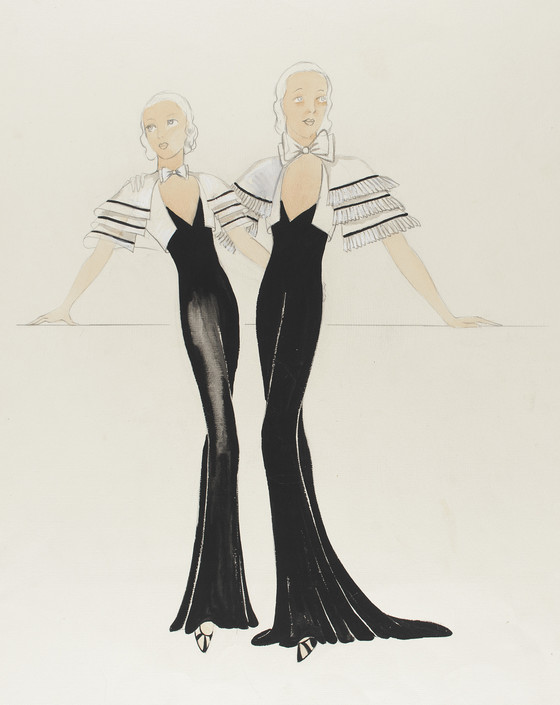Four years after the stock market crash of 1929, which triggered the Great Depression, President Franklin Delano Roosevelt initiated the New Deal, a program of domestic reform meant to revive the e
...
Four years after the stock market crash of 1929, which triggered the Great Depression, President Franklin Delano Roosevelt initiated the New Deal, a program of domestic reform meant to revive the economy and alleviate the problem of mass unemployment. Toward these ends, he established various new federal agencies, putting many more people to work to do the increased business of government. Thousands of artists were employed, most through the largest program, the Works Progress Administration. Although the government did not dictate the type of art that was to be produced, it did encourage the use of a representational style and American themes. As a result, most of the art created in the decade prior to World War II was humanistic in orientation.
Artists, writers, and philosophers of the period became obsessed with the social relevance of art. Although a small group of American artists did attack the societal ills of the nation (housing shortages, unemployment) and of the world in general (the rise of fascism and militarism), most adopted a more pragmatic and even positive attitude. American scene painters captured busy city dwellers on streets, in buses, at work, and at play. Occasionally artists infused an element of humor into the pathos of everyday existence, even in scenes that allude to the political disasters of the day. Regionalists were particularly fond of idealizing the past and aggrandizing the present accomplishments of the country. In fact, the myth of America as a country where everyone lives a pastoral, carefree existence emerged with new vigor in the art of the 1930s.
The diversity of the people also emerged as a strong current of social realism. Artists who were accustomed to working in their studios now looked beyond their immediate circles for models. Individuals of various races, professions, or creeds inspired some of the most moving portraits of the century and demonstrated the soul of the people.
More...
